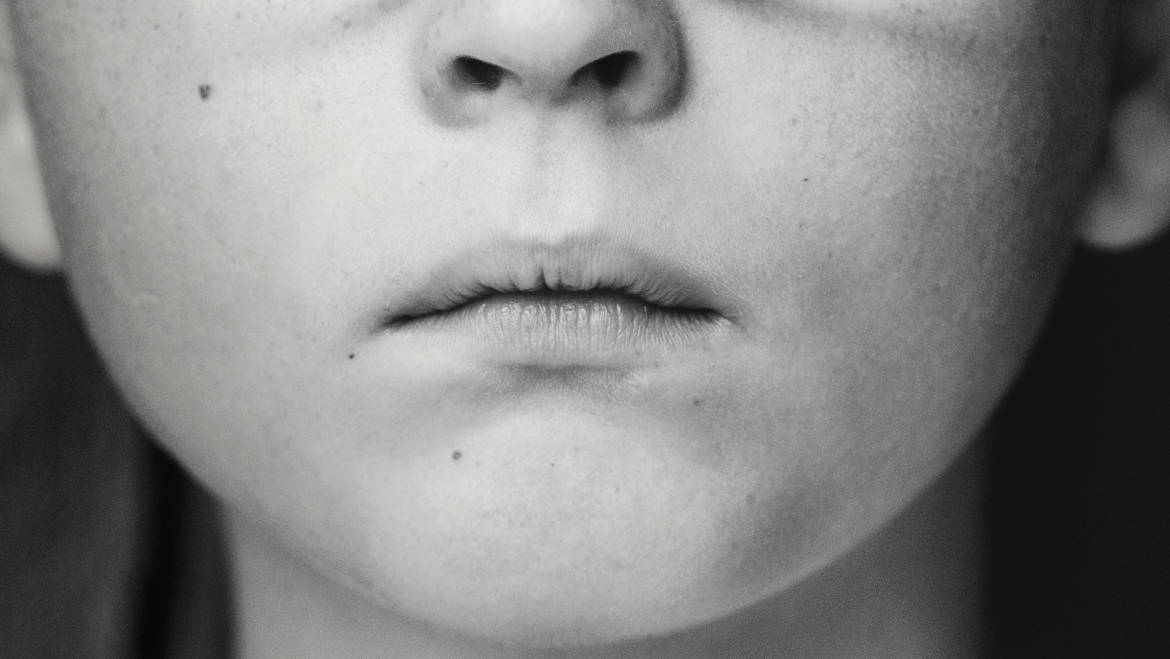“You’re out of your mind. You know that, right?”
Lori Davidson was leaning close and whispering in my ear. She was the nurse helping me with the young child in our ENT room. The boy sat in his mother’s lap, staring at the two of us with wide, frightened eyes. I ignored Lori’s comments and repeated my instructions to his mother.
The ER chart had read, “four-year-old with foreign body in nose”. This was a common problem and could be something simple, or something that could leave us all frustrated and the boy on the way to the OR for removal while under sedation. Sometimes it turns out to be nothing. An anxious parent thought they saw their child playing with a small object, put their hand to their face or nose, and then the object disappeared. It had to go somewhere, and if he hadn’t swallowed it, kids were pretty good at hiding things in their noses. Not sure why that happens, but it does—a lot. When a careful exam doesn’t reveal any nasal foreign body, we’re all relieved.
Not so with our four-year-old, Stevie. I could see what appeared to be a round, blue bead—a little bigger than a BB—lodged in his left nostril. His mother confirmed the size and shape of the missing object, and confessed that she might have pushed it further into his nose when she first saw it and tried to remove it with some tweezers.
“That’s okay,” I had reassured her. “No harm done, and it’s always worth a try.”
The fact that the bead was round was good news. While it wouldn’t present an edge or unusual shape to grasp with our ENT forceps, the presence of an edge frequently prevented an easy extraction. What might have gone into a nostril with ease could hang up with a reverse movement. Stevie had done us a favor and chosen a round foreign body.
“Okay mama, do you understand what to do?” I asked her, moving back a little on the rolling stool.
“I…think so.” She hesitated for only a moment, then swung her child around so that he remained in her lap but now faced her head-on. “Like this?” She placed a finger on the right side of Stevie’s nose and closed that nostril.
“Great,” I told her. “Now take a breath and blow in his mouth.”
Out of the corner of my eye, I could see Lori shaking her head.
Stevie’s mother took a breath, leaned close to her boy, and blew into his mouth.
Nasal secretions (you might call it something else) flew out of his left nostril and into his mother’s face. Along with it came the bead, flying through the air before landing on the floor and rolling out of sight.
Stevie was un-phased, and I handed his mother some Kleenex. I had warned her about what to expect, but she was willing to try anything to help her child. Only a mother’s love.
A few weeks later, I was walking down the hallway and passed the door into ENT. Lori was in the room, standing behind one of our younger ER docs. “That’s right,” she was instructing him. “Just have the mother pinch the other side of his nose and then blow into his mouth. It’ll work, I promise.”
Well, not always, though I’m now ten out of ten with this method. Not very exotic, but it’s worth a try before coming to the ER or your doctor’s office. The bottom line is that if your child puts something in her nose, it needs to come out. It’s always helpful to know what we’re dealing with—size and shape, sometimes even color. And always check the other side. Oh, and take a peek in those ears. For whatever reason, kids can be packrats.


Add Comment